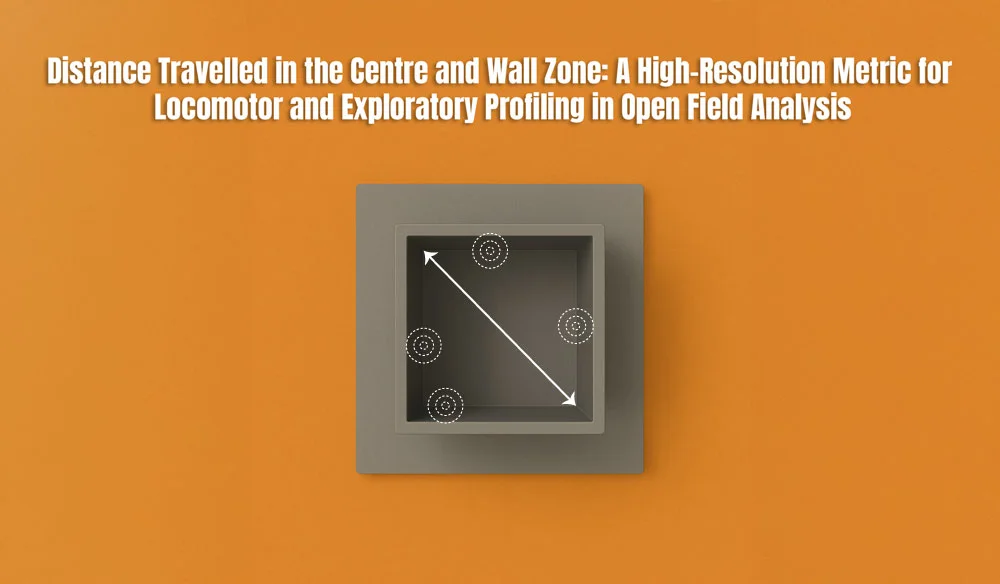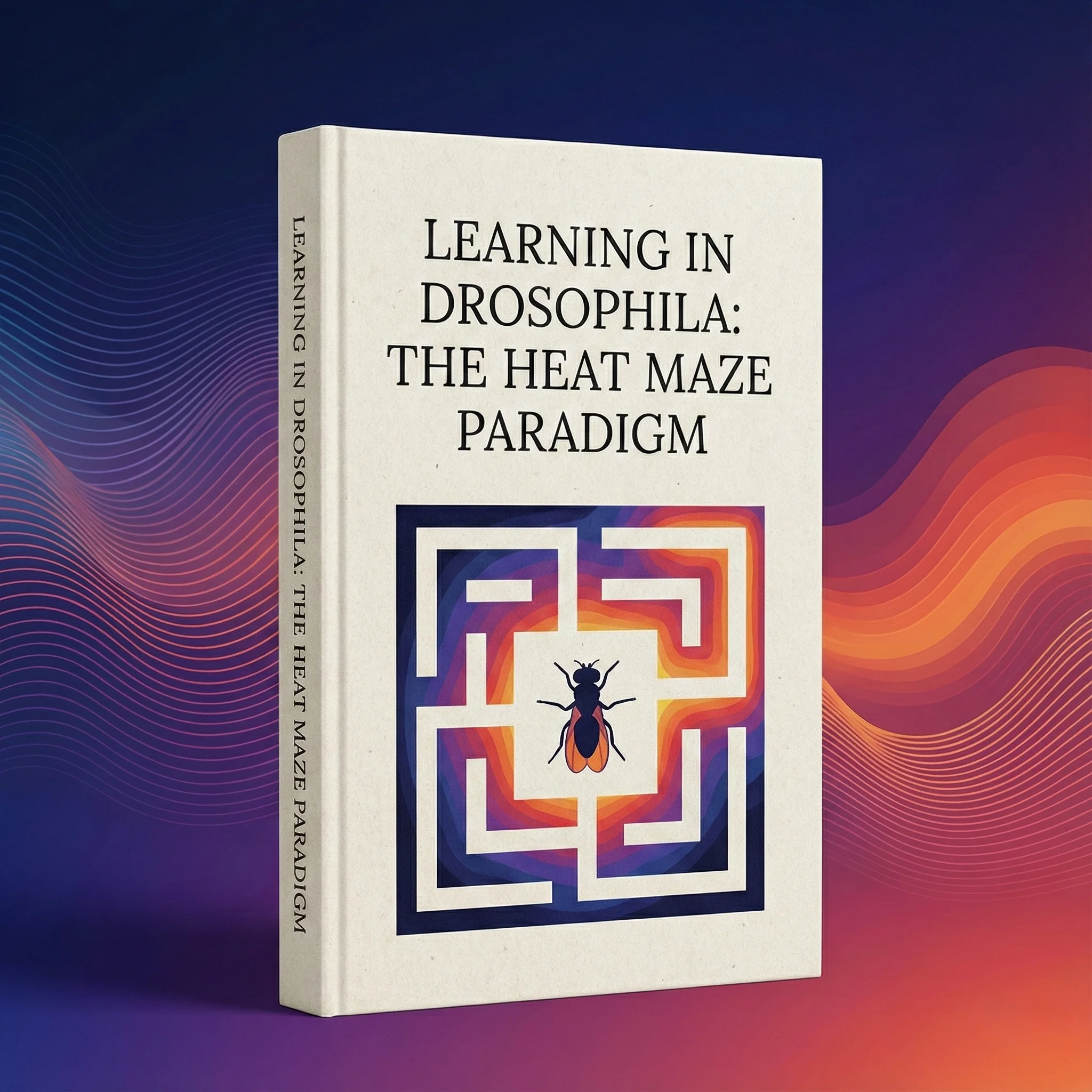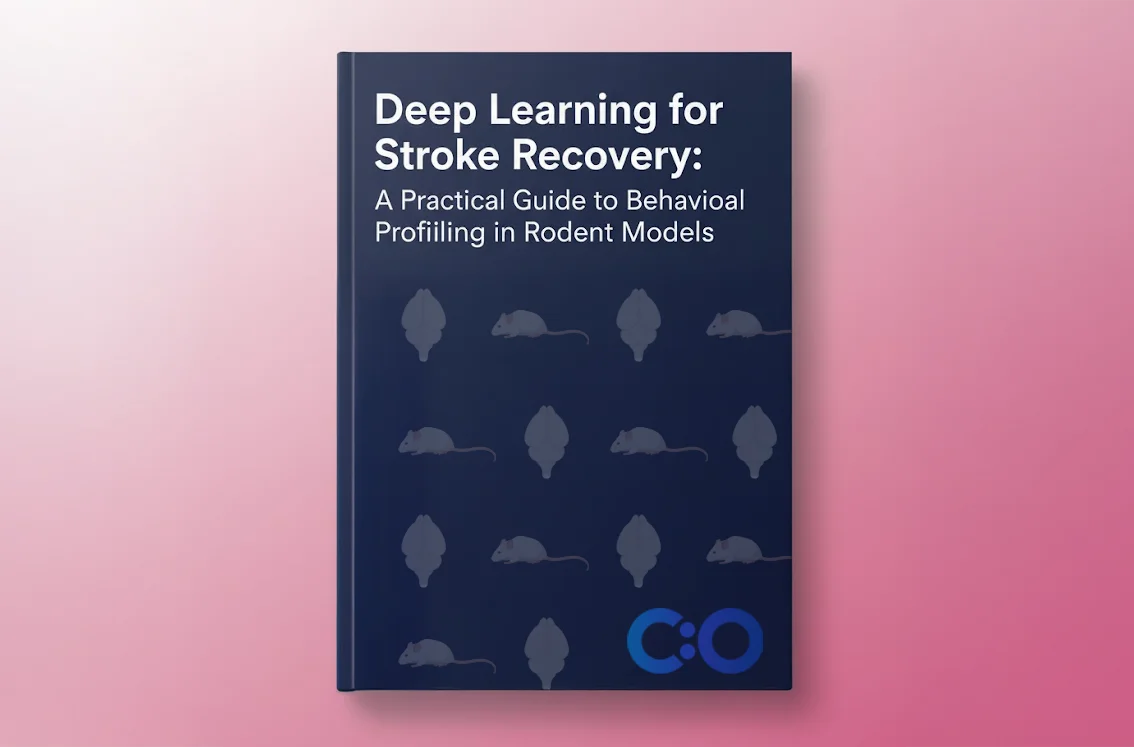

The Open Field Test (OFT) is a cornerstone tool in behavioral neuroscience, providing a versatile platform for evaluating a wide range of behavioral domains in rodents—including locomotion, anxiety, risk assessment, and environmental exploration. Traditional measures such as time spent in different zones or total distance travelled offer a useful but sometimes oversimplified picture of behavioral patterns. For a more precise and dynamic view of how animals interact with their environment, researchers increasingly focus on zone-specific locomotor metrics, particularly distance travelled in the center and wall zones.
These spatially resolved measures offer a finer-grained understanding of the subject’s emotional reactivity, spatial strategy, and exploratory profile. Whereas general movement data might miss context-specific behavior, distance travelled within clearly defined zones captures both where and how much the animal chooses to move. This provides insights into real-time decision-making, behavioral flexibility, and zone-specific motor engagement—making it a key measure in the phenotyping of psychiatric, neurological, and developmental models.
Distance travelled in the center and wall zones quantifies how much the subject moves within each designated area of the arena. This metric reflects not just where the animal is located, but how actively it engages with specific environmental regions. Unlike simple zone duration, which captures presence or absence, zone-specific distance captures the quality and intensity of interaction within those spaces.
This metric is particularly valuable for distinguishing:
In sum, zone-specific distance travelled transforms spatial presence into a dynamic, interpretable signal of how animals process, respond to, and interact with their environment under various internal states or external conditions.. Rather than simply noting presence (e.g., time spent), this measure captures how actively the animal is engaging with that space. High distance in a particular zone indicates dynamic exploration, while low distance may reflect freezing, cautious surveying, or avoidance.
This metric is particularly valuable in distinguishing between animals that passively reside in a zone and those that actively investigate it, helping to differentiate locomotor suppression from emotional inhibition.
High wall zone distance with low center zone distance often reflects elevated anxiety and thigmotactic behavior. In contrast, increased center distance is generally associated with reduced anxiety and greater exploratory confidence (Prut & Belzung, 2003). This spatial locomotor mapping is highly sensitive to anxiolytic and anxiogenic compounds, making it a reliable endpoint in preclinical pharmacological screening.
By tracking where and how animals move, zone-specific distance metrics reveal an animal’s decision-making style—whether it’s avoidant, impulsive, systematic, or erratic. For example, a rodent that frequently travels long distances in the wall zone but avoids the center may display habitual risk-avoidant routines. In contrast, an animal that actively explores both zones may exhibit balanced environmental engagement and spatial flexibility.
Zone-specific distance travelled helps disentangle motor impairments from emotional avoidance. An animal with normal total distance but suppressed center zone movement is likely avoiding the center due to perceived threat. Conversely, low movement in both zones may suggest sedation, neuromuscular deficits, or general hypoactivity.
Center and wall zone movement patterns reflect the interaction between brain regions regulating emotion (amygdala), spatial memory (hippocampus), decision-making (prefrontal cortex), and movement initiation (basal ganglia). These patterns are commonly used to phenotype models of anxiety, depression, neurodegeneration, and neurodevelopmental disorders.
Analyzing how zone-specific distance evolves over time during the session—early, mid, and late—can offer insight into adaptation, habituation, or sensitization effects. A gradual increase in center zone distance may reflect a reduction in anxiety, while consistent wall-dominant movement may indicate persistent avoidance behavior.
Tracking not only where an animal moves but how often and in what sequence it transitions between zones reveals spatial planning and cognitive flexibility. Animals that shift fluidly between center and wall zones tend to display greater environmental engagement and less behavioral rigidity.
Zone-specific distances help differentiate anxiety-induced hyperactivity (high wall distance, erratic movement) from hypoactivity (low distance in both zones). This discrimination is particularly important when interpreting responses to stressors, pharmacological agents, or neurological lesions.
Pairing zone-specific distance data with speed-based parameters like average velocity or acceleration profiles offers a richer understanding of emotional arousal and motor control. For instance, fast, shallow center excursions may suggest anxiety-driven darting, while smooth, sustained paths reflect exploratory intent.
Visual overlays of zone-specific movement (e.g., heat maps, line trajectories) provide intuitive representations of zone preference, scanning styles, and repetitive patterns. These visual tools are ideal for identifying stereotypy, zone neglect, or exploratory biases that are difficult to quantify with numeric distance alone.
Zone-specific distance metrics allow researchers to monitor behavioral changes over time, providing sensitive markers of disease onset or therapeutic efficacy. In neurodegenerative models, such as Huntington’s or ALS, progressive reductions in center zone distance may precede gross motor deficits, offering early-stage indicators of functional decline.
High-resolution tracking of zone-specific movement supports the identification of stable behavioral traits, such as novelty-seeking, avoidance, or perseverative exploration. This trait-based approach enhances the reproducibility of findings across cohorts and is particularly valuable in precision medicine research, where behavioral endophenotypes inform subgroup-specific interventions.
Baseline patterns of center and wall zone distance can be used to predict treatment responsiveness. Animals with high baseline wall exploration and low center activity may show more pronounced behavioral improvement following anxiolytic or cognitive-enhancing therapy. This predictive capacity can refine subject selection and interpretation in preclinical drug testing.
Zone-specific distance data can be used as input features for unsupervised machine learning algorithms to classify animals into behavioral phenotypes. These profiles can then be correlated with genetic, neurophysiological, or histological outcomes, enabling a systems-level understanding of brain-behavior relationships.
Utilizing advanced open field platforms with automated zone segmentation and high-speed tracking allows researchers to capture nuanced differences in how animals navigate center and wall zones. Integrated software supports real-time heat maps, trajectory overlays, and batch analysis for high-throughput behavioral profiling.
For more robust, reproducible results in behavioral neuroscience, incorporating distance travelled in the center and wall zones is essential for a full-spectrum understanding of emotionality, motivation, and locomotor function.
Written by researchers, for researchers — powered by Conduct Science.











Dr Louise Corscadden acts as Conduct Science’s Director of Science and Development and Academic Technology Transfer. Her background is in genetics, microbiology, neuroscience, and climate chemistry.
